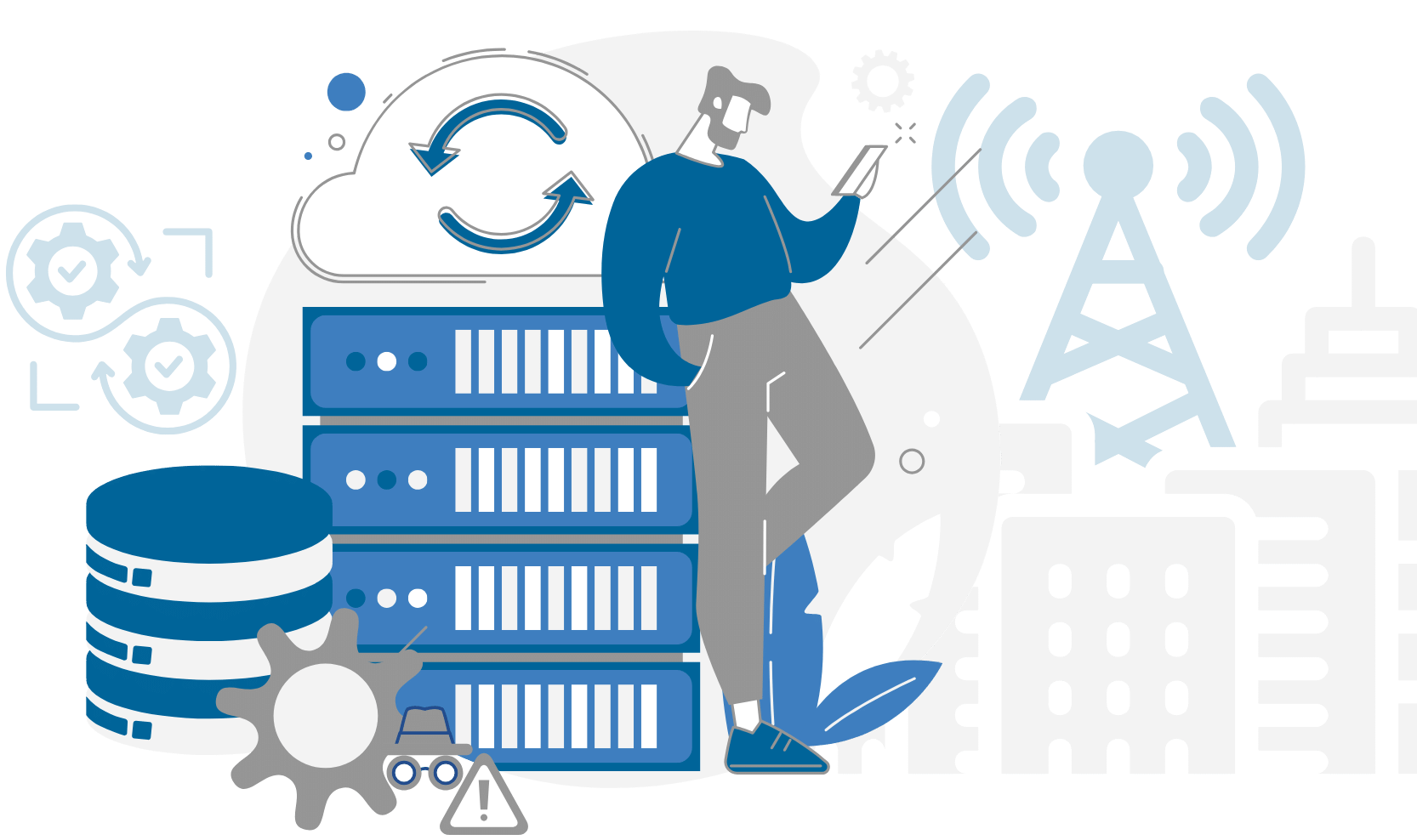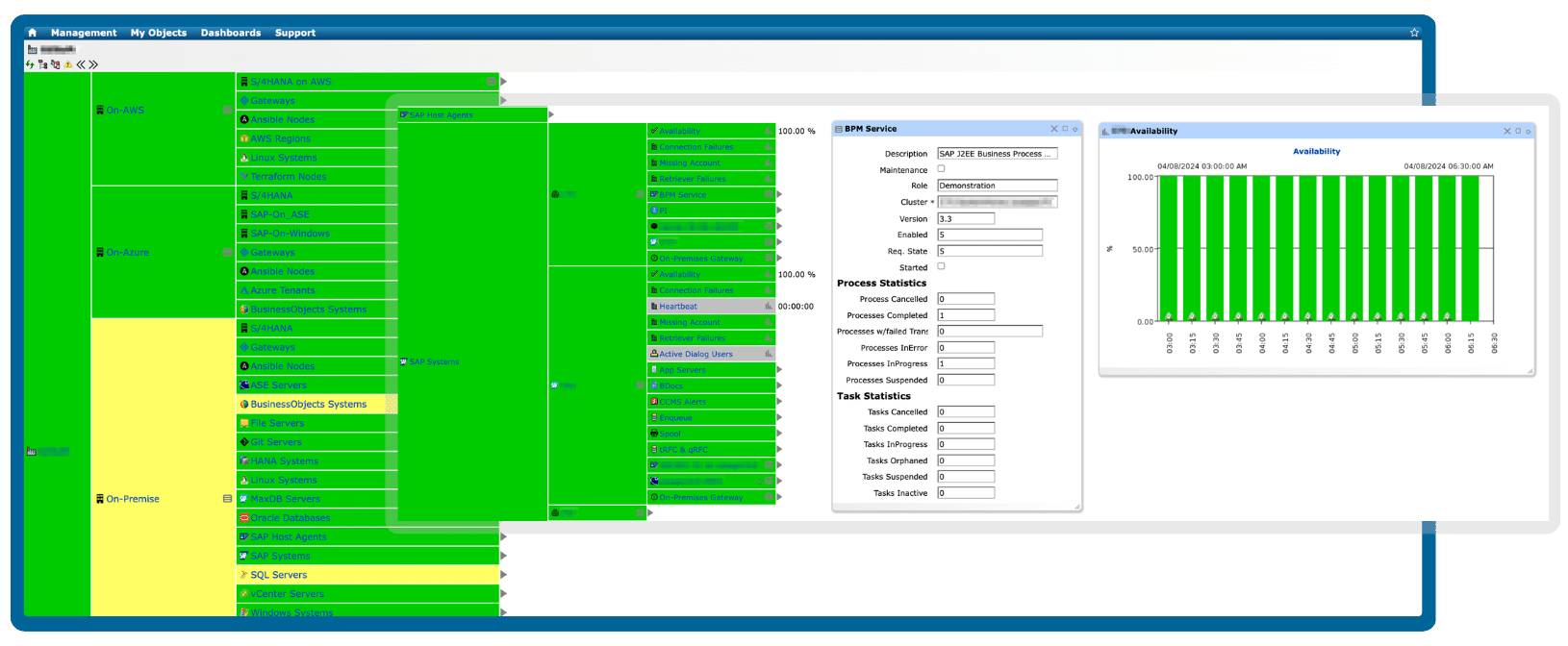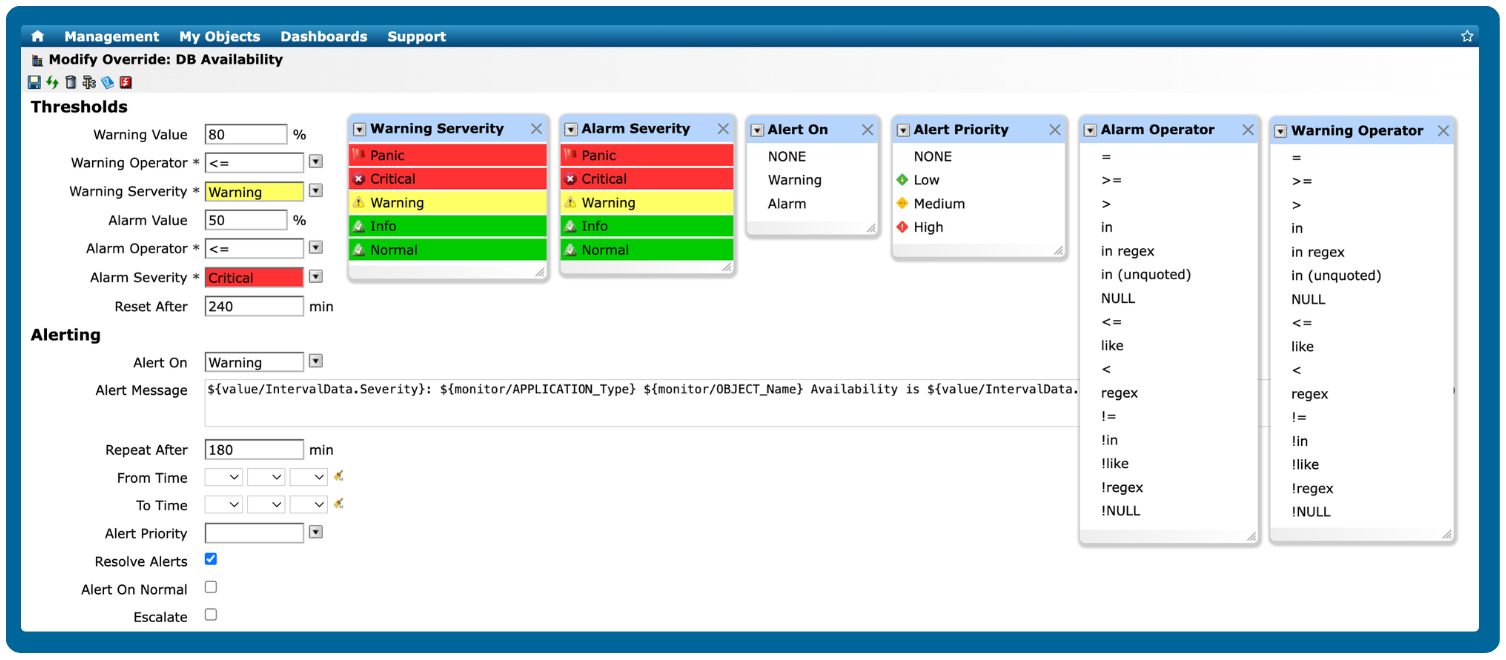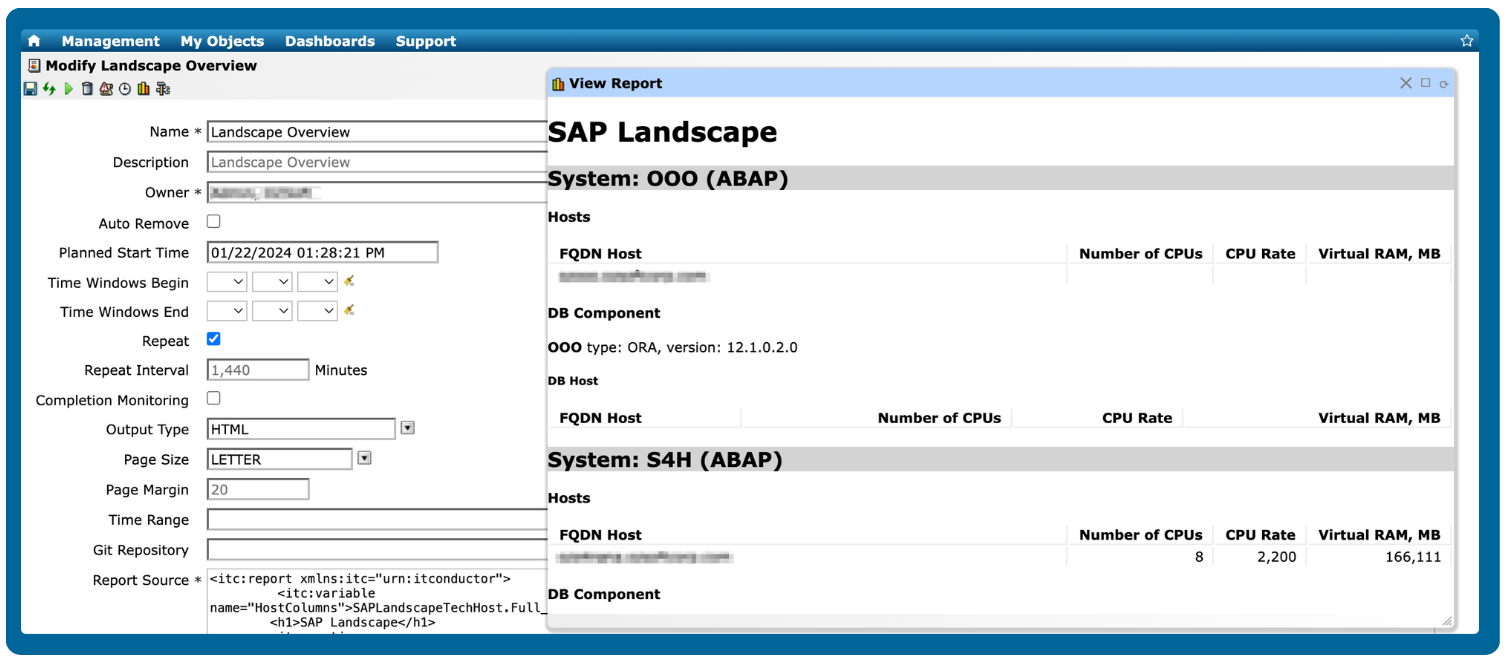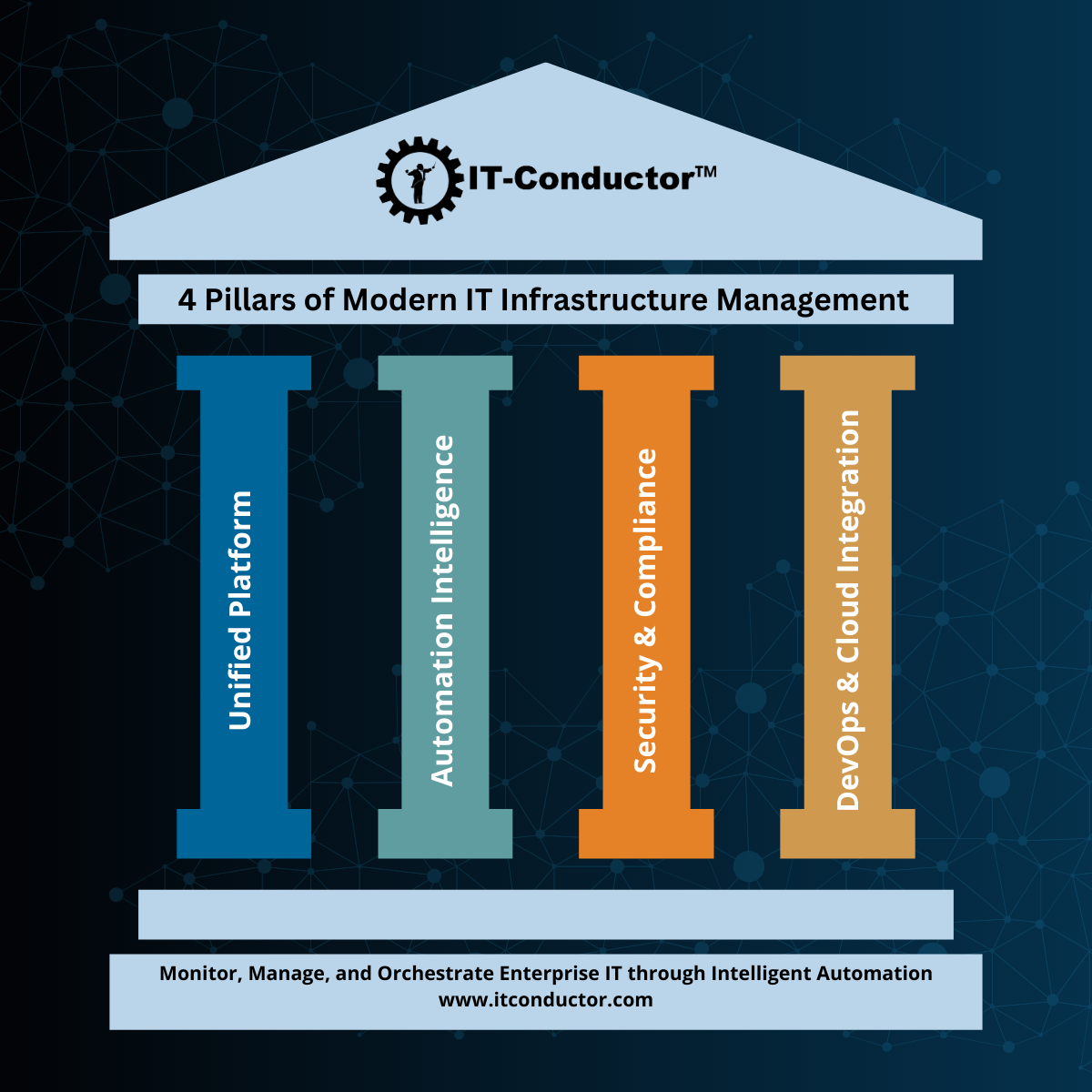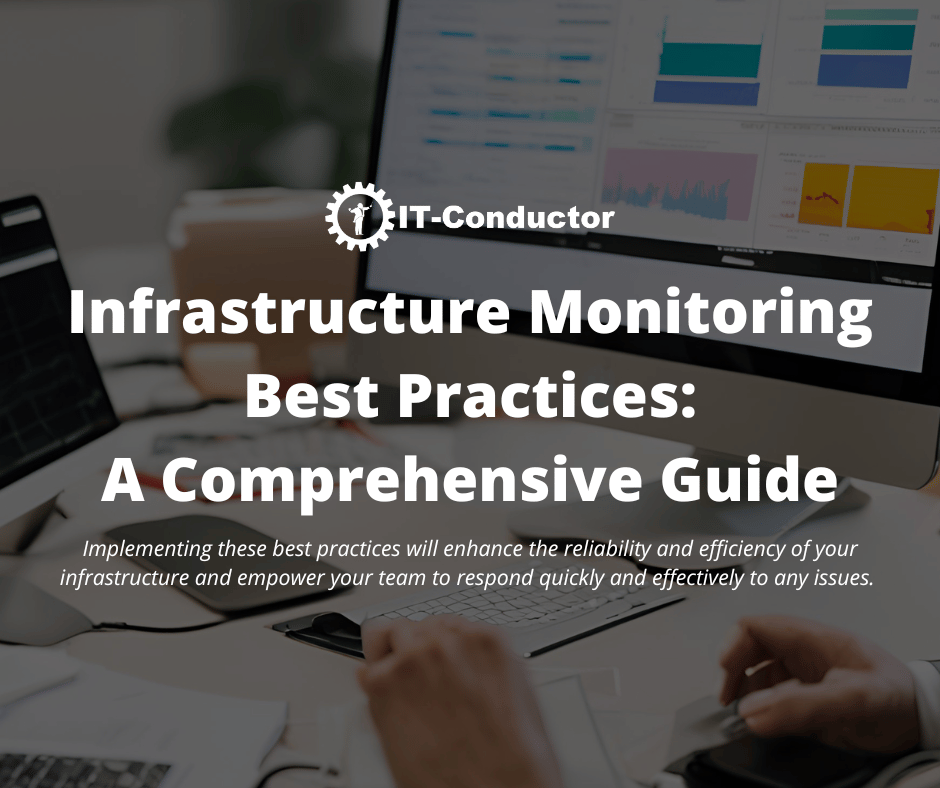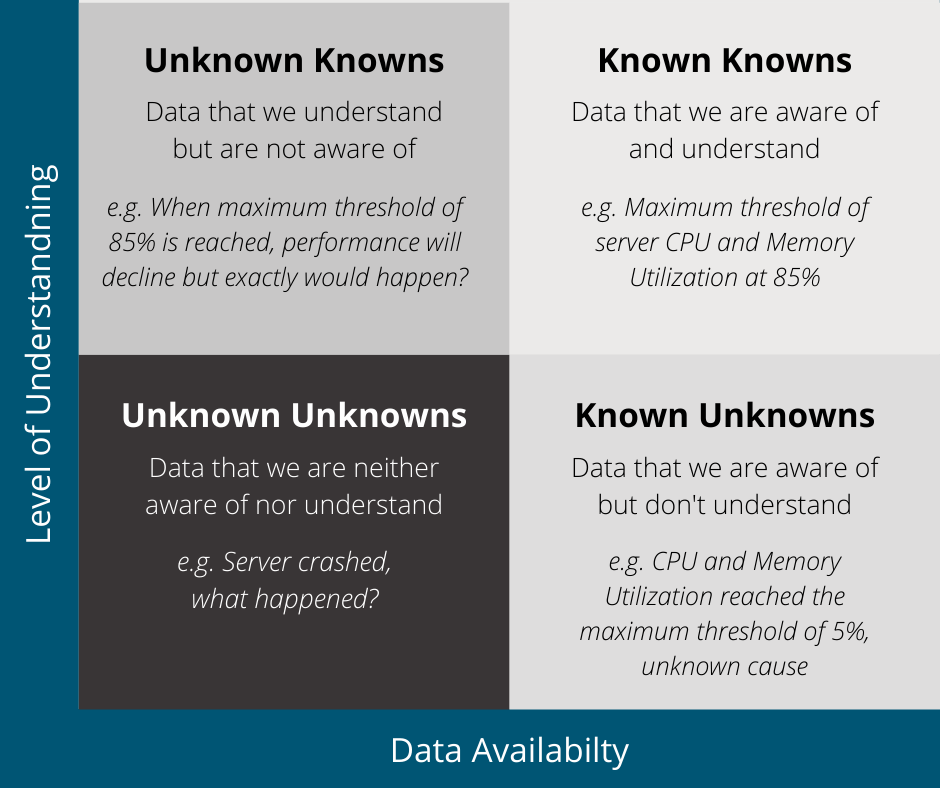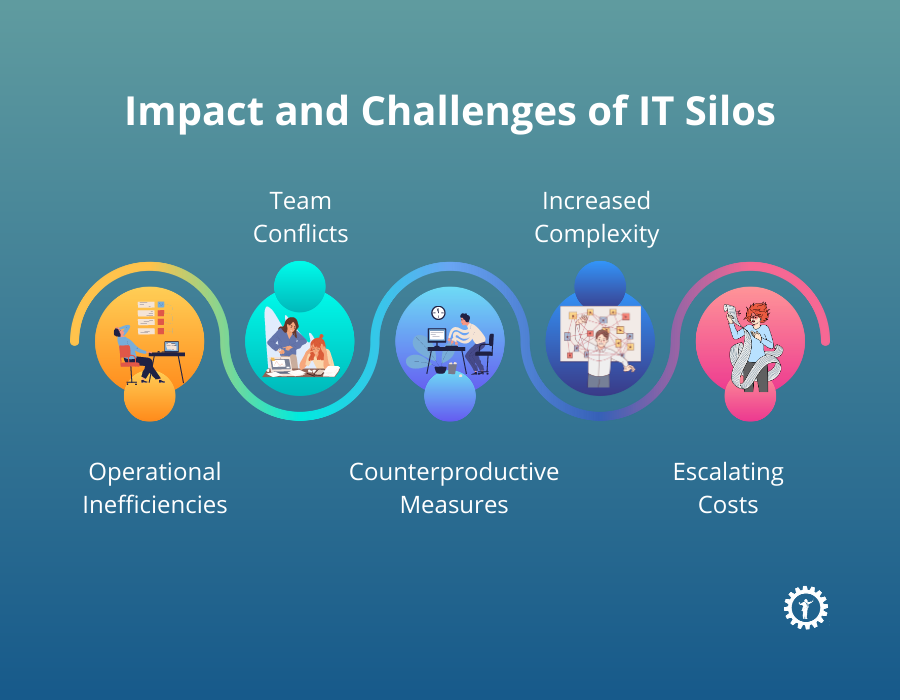Infrastructure monitoring is the process of tracking, measuring, and analyzing the performance, availability, and health of IT infrastructure components, including servers, storage, databases, network and other cloud resources. It helps IT teams detect issues early, maintain uptime, and ensure optimal performance for applications and business services.

